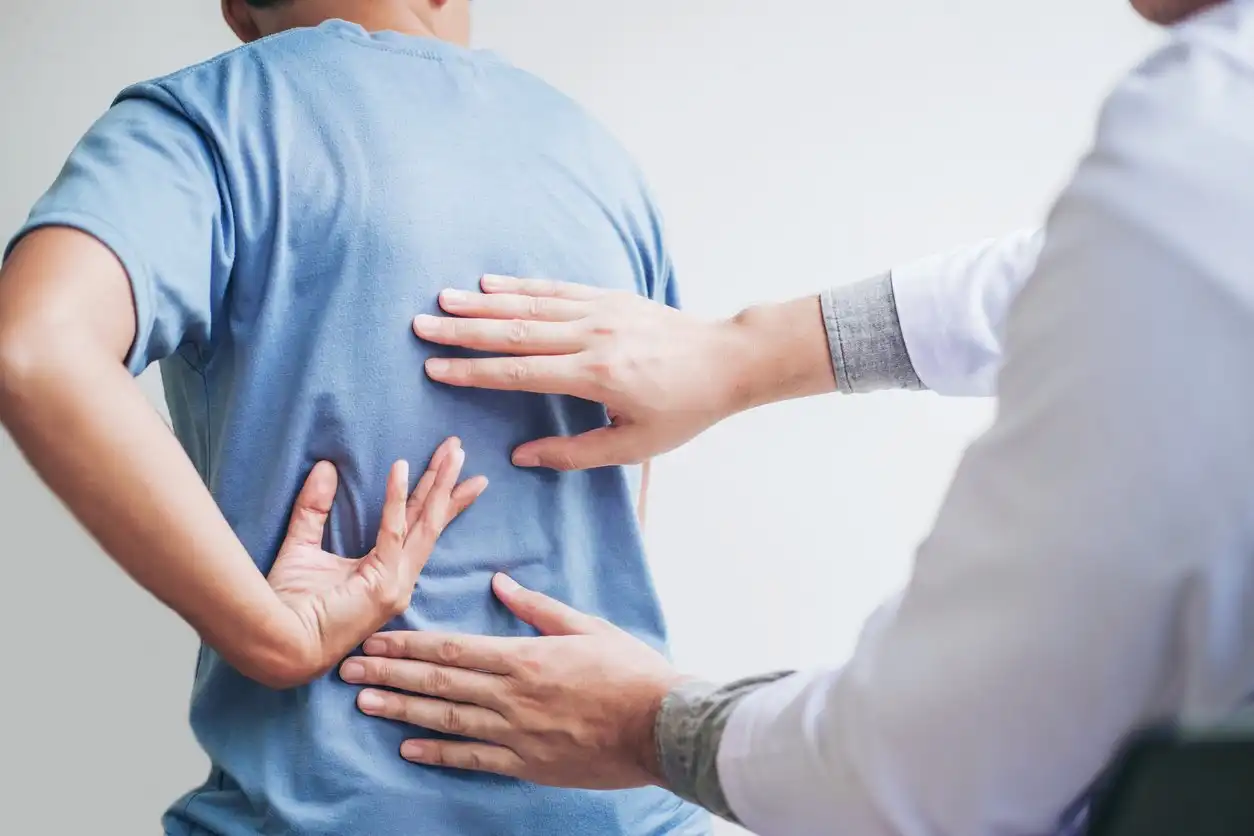Back Pain Relief from Prolonged Standing: Expert Tips and Tricks
Have you ever wondered why standing for long periods can leave your back aching for days? If you're among the many Florida residents grappling with this issue, you're not alone. Back pain from prolonged standing is a common complaint, especially for those in the vibrant communities of Palm Beach County where active lifestyles are cherished. But don't worry—there's hope. In this comprehensive guide, we'll delve into the nitty-gritty of what causes this discomfort and, more importantly, how you can find relief through expert-recommended tips.
The Root Cause: Why Does Prolonged Standing Hurt Your Back?
Standing for extended periods can put significant stress on your back muscles and spine. When you stand, your back muscles work hard to maintain your body's upright posture. Over time, this constant effort can lead to muscle fatigue, strain, and even spasms. Additionally, prolonged standing can compress the spine, leading to discomfort and pain. Understanding these underlying mechanisms is key to addressing the pain effectively.
In Palm Beach County, where many older adults enjoy the benefits of an active lifestyle, standing for long durations is often inevitable. Whether you're gardening, socializing at local events, or exploring South Florida's beautiful beaches, knowing how to manage back pain is crucial for maintaining your well-being and mobility.
Layered Actionable Advice for Back Pain Relief
Basic Strategies
- Posture Awareness: Regularly check your posture while standing. Ensure your feet are shoulder-width apart, knees slightly bent, and weight evenly distributed.
- Frequent Breaks: Every 30 minutes, take a brief walk or sit down to relieve pressure on your back.
- Stretching: Simple stretches like the cat-cow pose or seated forward bend can release tension in your back muscles.
Intermediate Techniques
- Strengthening Exercises: Incorporate exercises like planks and bridges into your routine to build core strength and support your back.
- Ergonomic Supports: Use anti-fatigue mats and supportive footwear to reduce stress on your back while standing.
- Mindful Breathing: Practice deep breathing exercises to enhance relaxation and manage pain.
Advanced Solutions
- Customized Physical Therapy: Engage in at-home therapy sessions with a professional to tailor exercises to your specific needs.
- Regular Massage Therapy: Professional massages can alleviate muscle tension and improve circulation.
- Mind-Body Practices: Activities like yoga and tai chi promote flexibility and reduce pain.
The Transformative Power of At-Home Physical Therapy
At-home Physical Therapy offers tailored solutions that can significantly enhance your quality of life. Beyond alleviating pain, it empowers you to regain mobility, enjoy social activities, and face each day with renewed energy. The emotional and psychological benefits are profound—knowing you have the tools and support to manage your discomfort can boost your confidence and overall happiness.
In the comfort of your home, guided by the expertise of "Be On The Move" professionals based in Palm Beach County, you can embark on a journey towards a pain-free lifestyle. Our experienced therapists understand the unique challenges of aging gracefully, offering personalized plans that are both effective and convenient.
Conclusion: Embrace a Pain-Free Future
Standing tall shouldn't mean enduring back pain. With the right strategies and support, you can alleviate discomfort and embrace a future filled with wellness and mobility. Start implementing these expert tips today and feel the difference in your back health.
Explore more about how at-home Physical Therapy can transform your life by visiting our website. Let "Be On The Move" guide you on your journey to pain-free living. contact us to learn more and schedule your personalized session.
See you soon,
//❤️ Trudy//
The information provided in this article is intended for general educational and informational purposes only. It is not a substitute for professional medical advice, diagnosis, or treatment. Always seek the advice of your physician or other qualified health provider with any questions you may have regarding a medical condition or before starting any new exercise program. If you experience any pain or difficulty with exercises or advice mentioned in this article, stop immediately and consult your healthcare provider. Be On The Move and its representatives do not assume any responsibility for any aspect of healthcare administered with the aid of information provided herein.




